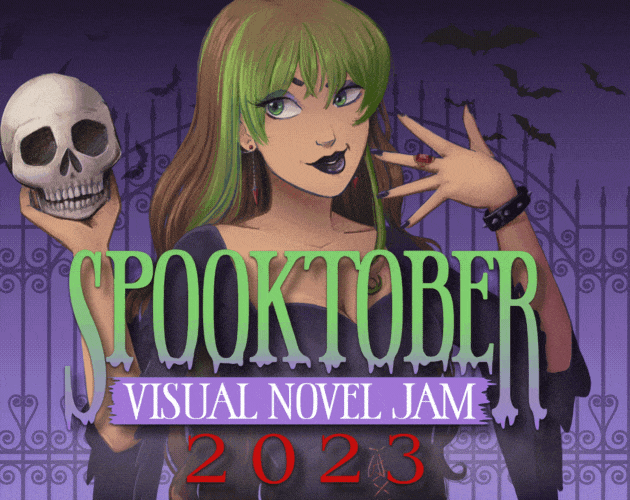This is an entry into a small series of elaborations that include clarifications not given directly on the main page of the game in response to questions people have had about the ruling and the reasonings behind them.
If you're concerned about your specific scenario, you're welcome to seek approval for it ahead of time through the itch.io community pages here or through our Discord. I collect prior approvals for concepts and provide them to the judges explaining the intent. The reason this rule exists is because we've had issues with the subject matter in the past, how it's been treated by former participants, and issues that have arisen as a result of allowing the content. To protect the hosts, the volunteers of the competition, the participants, and itch.io staff, this rule has been added and will be maintained for this iteration of the event and likely all future iterations.
I'll walk through the wording to help it be more clear. if you're still uncertain, refer back to prior approvals of concepts at the top here.
- Text, whether in-game or in the files of the submission
This means if it is viewable to the players through regular play of your visual novel, or is observable through examining the files contained therein.
- Instruction:
In this case, any situation depicted where it would provide the reader knowledge or methodology to conduct their own suicide with the intent of doing so. e.g: How and where to inflict injury, what substances and implements to use for it, etc.
This would not include situations where the reader or characters are being informed of the danger of something, say a poisonous mushroom, where the intent is to protect them from harm or warn them. This also would not include situations where a character is taught how to harm another, say a ghost, in methods that could be applied to the character or reader as the intent is not to educate on self harm or suicide.
This would include both step by step depictions, or self evident depictions of suicide.
An exemption we have made to this involved a murder mystery, where the detective had to determine if a death was a suicide and by what means, with the act or result itself never being fully on screen, and the treatment of suicide to be marked as an unglamorous and unfortunate event.
- Encouragement
In this case, any situation where it encourages the reader or participants to consider suicide through direct statement or glorification of suicide, but also any situation where characters may encourage others to do so in a direct manner.
This would not include situations where a character may be the subject of bullying, which could result in self-destructive behavior, but would include situations where the bullying directly asserts that the subject of the bullying kill themselves.
Glorification would not include heroic sacrifices, where a character puts themselves into harm's way to save someone else. The goal and intent is to protect something or someone else, not inflict harm to themselves.
We've yet to make an exception to this particular part of the rule.
- Statement of intent
In this case, if any character or body of text expresses the intent or desire to harm or kill themselves. This includes ambiguous bodies of text within the game or within the files of the game.
This does not include situations like the murder mystery mentioned above, where a suicide note(fabricated or authentic) was a piece of evidence and the treatment of the suicide is unglamorous and unfortunate.
Asked elsewhere
- Allusions
In most cases, allusion to the fact would be fine. In film, most of Bill Murray's character in Groundhog Day would be acceptable as it doesn't show the act, but displays situations where death by suicide is the likely outcome.
- Historical incident
In the sense that "This is a suicide that happened in this narrative, but is being relayed through a third party outside of the suicide event itself" this would be acceptable in nearly all cases. As an example, a researcher giving a report of a monster in containment that is known to possess people who interact with it to kill themselves. As long as other rules above are maintained, I would suspect there would be no issues with it but would encourage prior approval to be certain.
In the sense that "This is a real event that happened and this is in a non-fiction context," the rule would apply as normal. The origin of the story, fiction or not, does not change the ruling.


